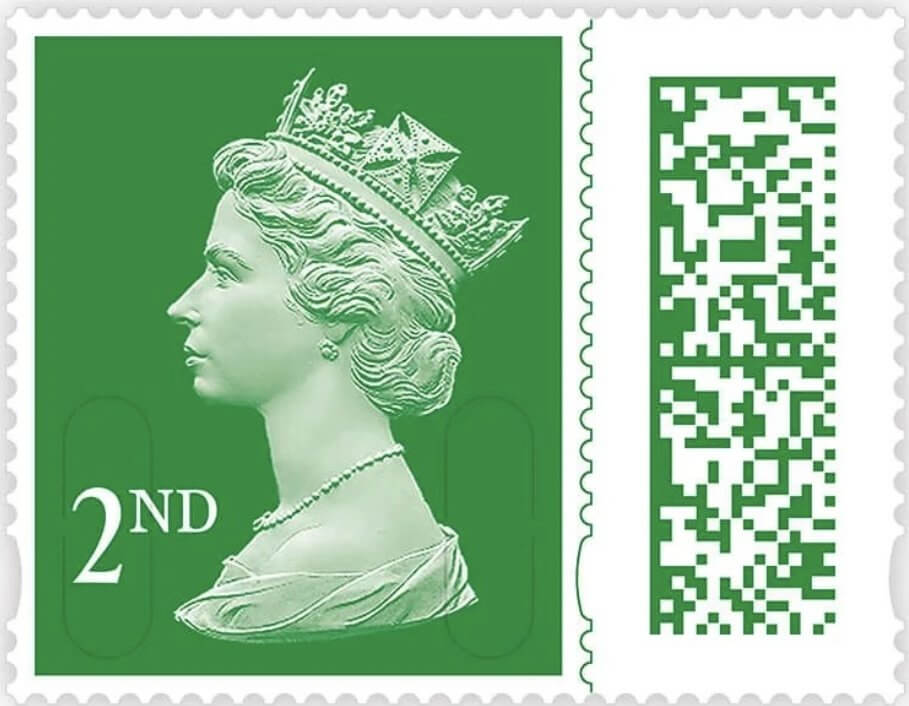What does ChatGPT know about 2nd class postage stamps?

As an experiment, I thought I’d try using the new ChatGPT from OpenAI to see if it could give me any useful information about second class stamps in the UK. The following is the result of our conversation.
Having different classes of postage allows postal services to offer customers different levels of service at different prices. Second class mail is generally cheaper than first class mail, as it takes longer to deliver. This can be beneficial for both customers and postal services, as it allows customers to save money on postage costs for non-urgent items, while also allowing postal services to manage their delivery resources more efficiently by prioritizing first class mail.
Additionally, many postal services also offer other classes of mail, such as priority or express mail, which are faster and more expensive than first class mail. This allows customers to choose the level of service that best meets their needs and budget.
The introduction of second class mail was intended to provide a cheaper option for customers who were willing to wait a little longer for their mail to be delivered. It also helped the Royal Mail to better manage the flow of mail through the system by separating out non-urgent items from those that required faster delivery.
Since then, second class mail has become an integral part of the UK postal system, with millions of items being sent via this class of mail every year.
In recent years, there has been a trend towards digital communication and a decrease in physical mail volume, which could potentially impact the need for second class stamps in the future. However, many people still rely on traditional mail services for important communications and deliveries, and there will likely always be a need for a range of postal service options to meet the needs of different customers.
Ultimately, the future of postal services and the need for different classes of mail will depend on a variety of factors, including technological advancements, changes in customer preferences, and shifts in the broader economy and society.
- The British Postal Museum & Archive – This organization is dedicated to preserving the history of the Royal Mail and has a vast collection of historical documents, photographs, and other artifacts related to the postal service. They offer a variety of resources for researchers and the general public, including online exhibitions, publications, and research services.
- The Royal Mail Group – The Royal Mail’s official website provides a wealth of information about the UK postal system, including the history of postage stamps and different classes of mail. They also offer resources for collectors, such as a guide to stamp collecting and information about upcoming stamp releases.
- Philatelic Societies – There are many philatelic societies in the UK that focus on stamp collecting and postal history. These societies often have extensive collections of stamps, as well as resources for researchers and enthusiasts. Some popular societies include the Royal Philatelic Society London, the British Society of Australian Philately, and the Great Britain Philatelic Society.
- Libraries and Archives – Many libraries and archives throughout the UK have collections of historical documents and publications related to the postal service. These resources can be accessed in person or online, depending on the institution. Some examples include the National Archives, the British Library, and local history museums and archives.
And there you have it, our brief but informative exchange.
The bottom line is that it can’t do much about being up to date on information about pricing, nor can it form an opinion on the likely future of second class stamps, but it did point me towards some decent resources at the end.
So, ChatGPT isn’t the answer to everything but it could prove useful as a tool to search archives for relevant information.
Leave a Reply